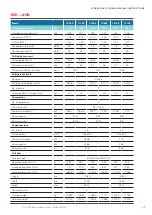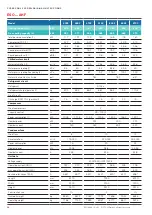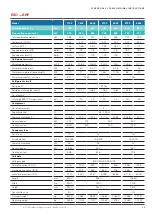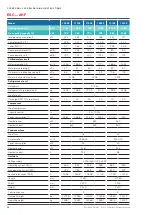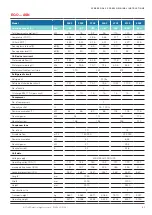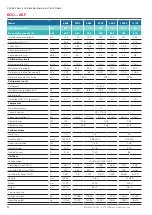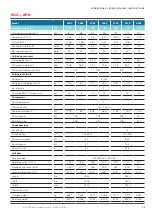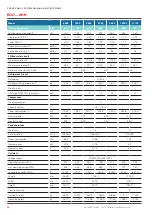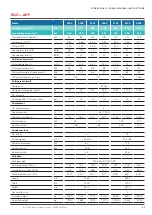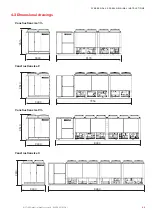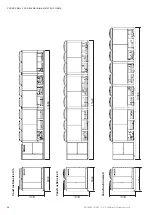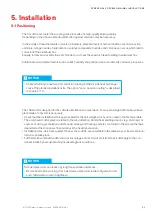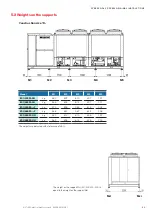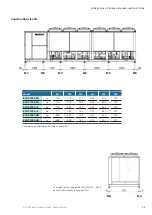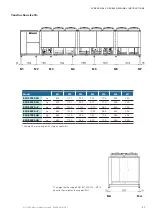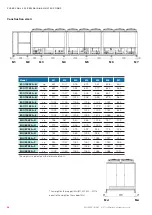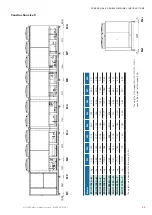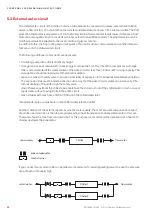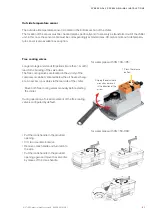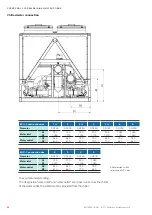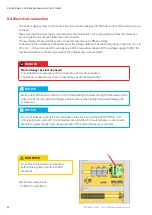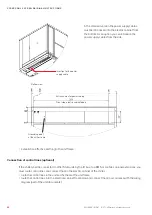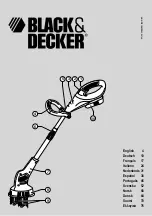
51
© STULZ GmbH – all rights reserved EN/09.2019/G41
cybercool 2 screw original insTrUcTions
The chiller unit is designed for the outside installation on a level base. For an even weight distribution, a base
plate made of concrete is necessary.
• Check that the installation site is appropriated for the unit weight, which you can read in the technical data.
• The unit should not be placed, related to the wind direction, behind heat emitting devices (e.g. chimneys) or
sources of dirt (e.g. exhalation outlet hoods). Greasy and floating particles contained in the air are otherwise
deposited at the condenser fins and reduce the heat transmission.
• Installation sites, which are subject to heavy snow-drifts, are unsuitable in the same way as sites where inun
-
dations can take place.
• Further make sure that the site does not encourage a short-circuit of air from the air discharge to the con
-
denser intake by aerodynamically disadvantageous conditions.
5. Installation
5.1 Positioning
The fins of the air-cooled free cooling coils are made of a high-quality aluminum alloy.
Depending on the site, an extended protection against corrosion may be necessary.
In the vicinity of industrial plants or waste incinerators, elevated levels of carbon dioxide, carbon monoxide,
ammonia, nitrogen oxides, hydrocarbons, sulphur compounds, fluorides and chlorine can occur, which lead to
corrosion of the aluminum fins.
Equally, increased concentrations of chlorides occur near the sea which lead to pitting in aluminium fins.
Additional environmental factors such as heat, humidity and pollution can even intensify corrosive processes.
NOtICE
Screwed pipe joints can loosen by long transportation distances.
• Before final commissioning, check all screwed pipe joints in the refrigerant circuit
and chilled water circuit on tightness.
NOtICE
• Check whether you need an anti-corrosion coating for the air side heat exchanger
coils at the planned installation site. The option "anti-corrosion coating" is described
in chapter 11.4.

